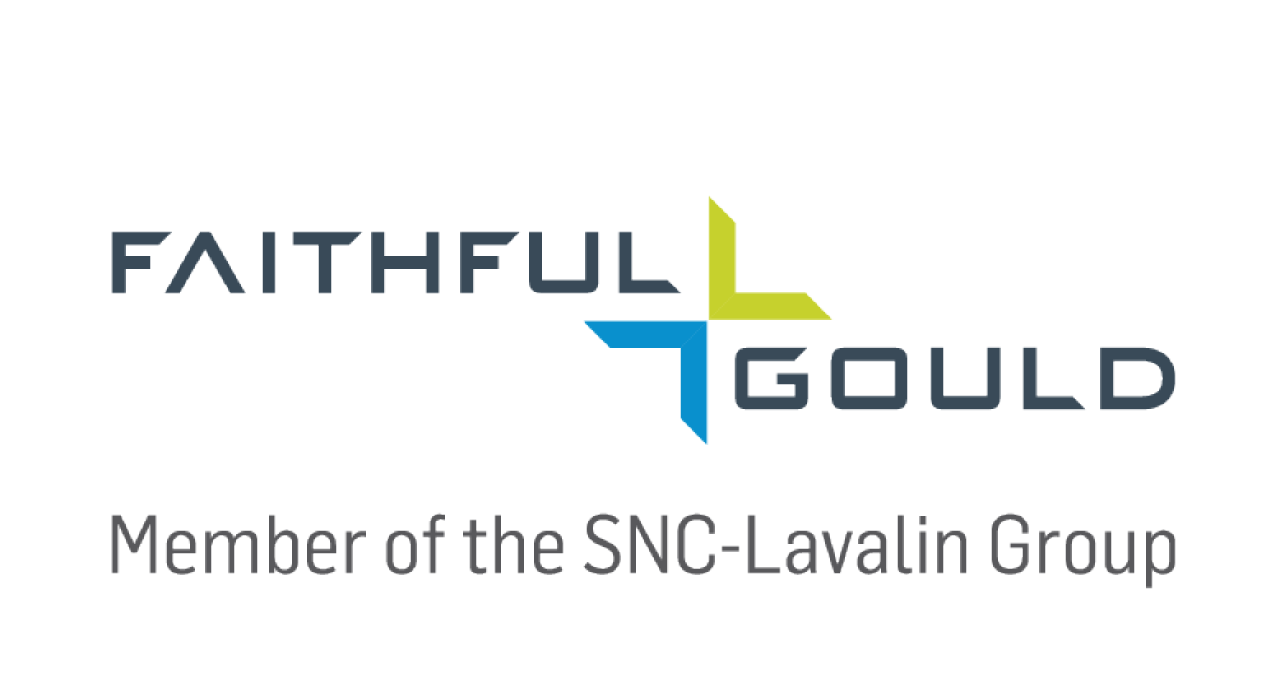Practices around construction risk must be refined…
On commercial construction projects the quality of risk management can vary from good to non-existent. When done well, risk management identifies, modifies and mitigates a broad base of potential pitfalls. Nonetheless, even the most thorough protocols can be undone by human error, says Njeri Ngaara, Lead Project Manager, Faithful+Gould North America. The sheer scale and complexity of modern construction schemes has further exposed these all-too human limitations. The importance of data is growing accordingly, necessitating a culture shift across the industry.

In partnership with Faithful + Gould
Minimising project risk through big data analytics and AI
In this webinar, in partnership with Faithful+Gould, we explore how big data analytics and AI can reduce and manage project risks.
…and the data gap has to close
The construction industry is data rich but information poor, with volumes of data through the project lifecycle often fractured, incoherent and poorly kept. Donna Huey, Director of Client Technology for Atkins (North America) suggests that the industry is leaning heavily on ISO 19650 to create a common language around project information management. Such standards, she says, will be crucial in decision-making processes as data-hungry Artificial Intelligence (AI) and machine learning tools become more common. The industry is also wrestling with issues around intellectual property rights. Proprietary attitudes to project data mean that, all too often, crucial information is not shared between stakeholders. There is a fear that by being open with the data you concede competitive advantage. This underscores the need for trusted organisations to become involved and invested in improving the quality of data sharing agreements. Widely accepted and adopted data usage licencing frameworks would be a great step in the right direction. With the right protections around competition, and rigorous professional standards and practices, “old school”, hard attitudes may begin to soften. Much needed efficiency gains would surely follow.
Use cases of AI in construction are rare – but instructive
Data driven AI is still widely misunderstood in the construction industry, but there are pockets of use that point to its revolutionary potential. One such area, notes Jeff Okeson, Director of Consult Services for Faithful+Gould in North America, is weather data. Such datasets are not regarded as commercially sensitive, and are thusly relatively widely shared. By observing the data on weather trends, project partners can run predictive analyses on the likelihood of storms or heavy rainfall and draw up safety and resource plans accordingly. In doing so, they can save money and even lives. This is working proof of the mutual gain promised across project partnerships by information collaboration. It should be the blueprint for deeper and more meaningful data sharing practices.
“Proprietary attitudes to project data mean that, all too often, crucial information is not shared between stakeholders. There is a fear that by being open with the data you concede competitive advantage.”
Yesterday’s data can help predict tomorrow’s risks
At the front end of projects, the use of big data analytics and AI can help projects run more smoothly, for example, though analysis of requests for information (RFIs). Collected information could include which disciplines receive high or low volumes of RFIs, whether response times typically meet contractual obligations, and which RFIs typically result in change orders. Such information allows project teams to take corrective measures where necessary on active projects. Both current and historical information relating to labour and materials availability, for example, can further assist project managers in anticipating supply bottlenecks and pinch points.
Ethical issues surrounding AI demand further consideration
The use of AI can be contentious where it encroaches on personal privacy or other ethical considerations. Body cams, tracking chips and drones can monitor progress and safety in real time, feeding AI data to update schedules and forecasts. But this may involve a trade-off: are workers comfortable with being tracked every second of the day? At what point do concerns around personal privacy begin to outweigh the cost and efficiency benefits of such ways of working? A fine balance must be struck.
When it comes to safety, the autonomous vehicle industry has many learnings to share – particularly around issues of machine decision-making. What's the modern version of the kill switch? At what point does the artificial intelligence shut down the site due to safety concerns? Is it correct to take those decisions entirely out of human hands? These are essential questions. The construction industry will not be alone in pondering them and their like as the AI revolution takes hold.


